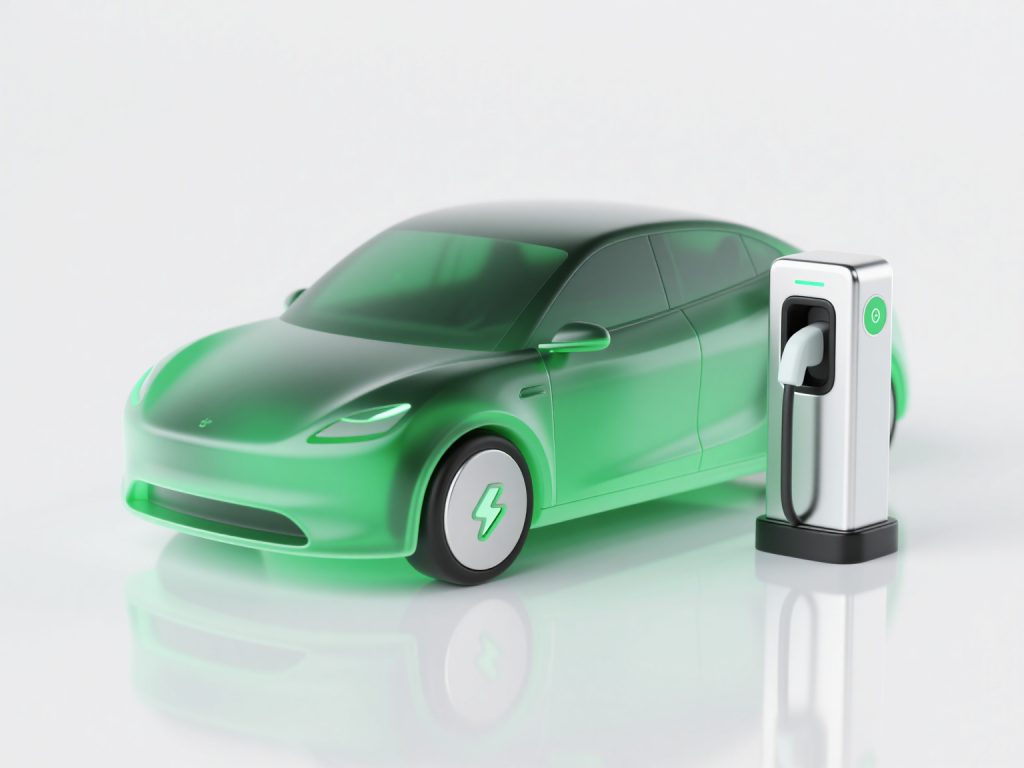Contact Us
If you are interested in our products, you can choose to leave your information here, and we will be in touch with you shortly.
The Future With Minimized
Demand Charges.
Advantages & disadvantages of AC charging stations
Advantages:
AC charging stations are cost-effective, easy to maintain, widely compatible, and gentler on both batteries and the power grid.
Disadvantages:
However, they charge slowly, typically taking 6–8 hours for a full charge due to their low power output of only 3.5–7 kW.
What are the voltages and currents of DC charging stations?
DC charging station specifications vary by design and application:
Voltage: Typically ranges from 200 V to 1000 V. Most public fast chargers operate between 400 V and 800 V, with advanced systems supporting up to 1000 V for high-voltage vehicles.
Current: Commonly between 20 A and 500 A. High-power stations can deliver 100 A to over 600 A for faster charging.
Power classification of OEM charging stations
New energy electric vehicle charging stations are divided into various charging devices according to charging power, such as 3.5KW/7KW/11KW/20KW/30KW/40KW/60KW/120KW/180KW/240KW/360KW, etc. Charging stations of different powers are suitable for different scenarios and vehicle needs. For example, low-power 3.5KW or 7KW charging piles can be used for household scenarios, while high-power 60KW charging piles are suitable for commercial places or public charging stations with high demand for fast charging.

